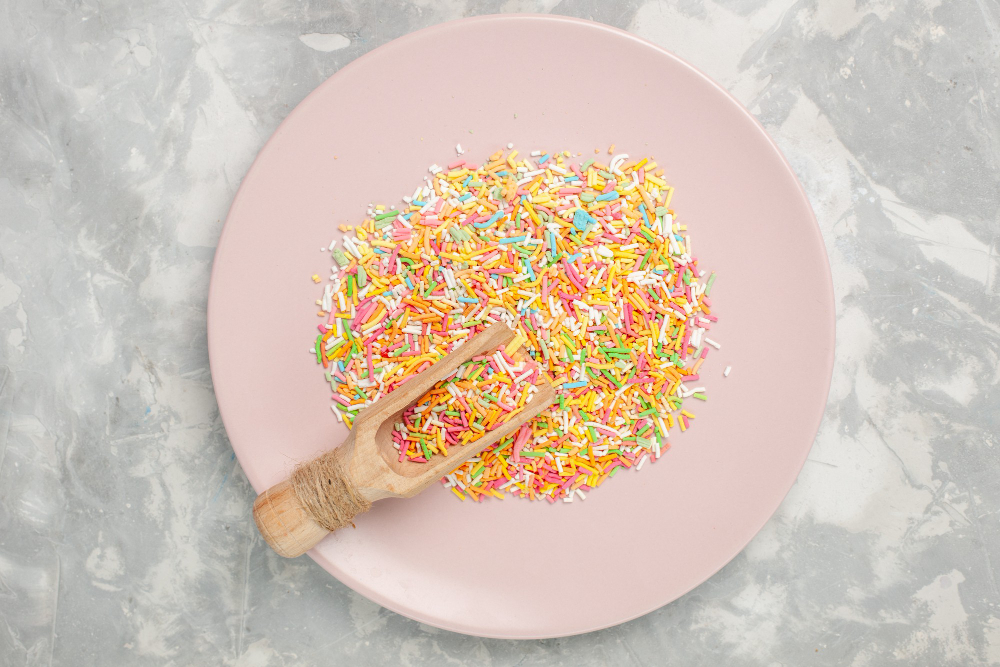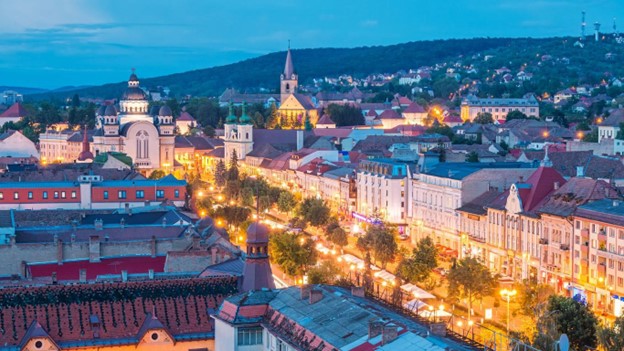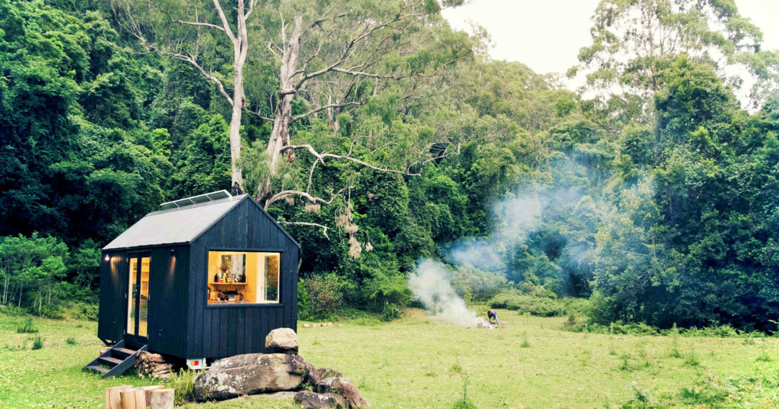 Photo printers are not that difficult to use as they were in the past. Besides that, the costs of a home-made photo dropped a lot in the last few years. Large photo printers for business purposes like Mitsubishi printing machines are indeed important money makers.
Photo printers are not that difficult to use as they were in the past. Besides that, the costs of a home-made photo dropped a lot in the last few years. Large photo printers for business purposes like Mitsubishi printing machines are indeed important money makers.
[adsenseyu2]
But I’m talking about small size photo printers based on dye-sublimation technology, that are dedicated exclusively to photo printing for personal use. Not long ago, when we were thinking about color photo printing at home a lot of issues came in our mind: the high ink consuming rate, the dirty job of refilling the ink cartridges, decalibration and of course, the low-quality of the photos themselves, compared to the ones made in a photo-lab.
The technology behind dye-sublimation photo printers
Basically, common printers like the inkjet ones spread very small dots of color on the papersheet. The dye-sublimation technology replaces the ink with a type of small cellophane sheets that are applied to the paper.
[adsenseyu1]
From a chemical perspective, sublimation is the transition of a substance from being a solid, directly to the gas phase, without going through the liquid state. For instance, the transformation of naphtalene is a sublimation process.
Dye-sublimation photo printers use cartridges but don’t have the same functional principle of ink cartridges. The dye-sublimation cartridge contains both the paper and the cellophane sheets. For each individual photo, the cartridge contains one sheet of paper, 4-5 color cellophane sheets and one transparent cellophane sheet for protection.
The printer heats small parts from each cellophane sheet and the color that is on it transforms into gas. Making contact with the paper, the gas transitiones back into a solid state and is printed on the sheet of paper. Using different temperatures for heating the cellophane, the quantity of color printed on the paper is controled and forms the image of the final photograph.
Advantages and disadvantages of dye-sublimation printers
[adsenseyu1]
The biggest advantage is the quality of photos, way superior to ink printed photos, very close to the ones made in a photo. There two main reasons why dye-sublimation is better than inkjet. First of all, the image is not made of many small dots, but continuous color.
And unlike the ink that is applied on the paper- sublimation implies the absorbtion of the color inside the paper. The photos that are printed using dye-sublimation technology have a longer life span and are not affected by moisture. Their level of water resistance is so high that you can literally sink a photo in water without deteriorating it.
Most dye-sublimation photo printers are small sized because they print photos at their standard size of 10×15 cm or smaller. This can be considered a disadvantage because you cannot print bigger sized pictures, like A4.
Most of these printers have memory card readers and LCDs for picture editing. As most of the digital photo cameras have the PictBridge function included, you can print directly from your camera using an USB connection, without needing a computer.



